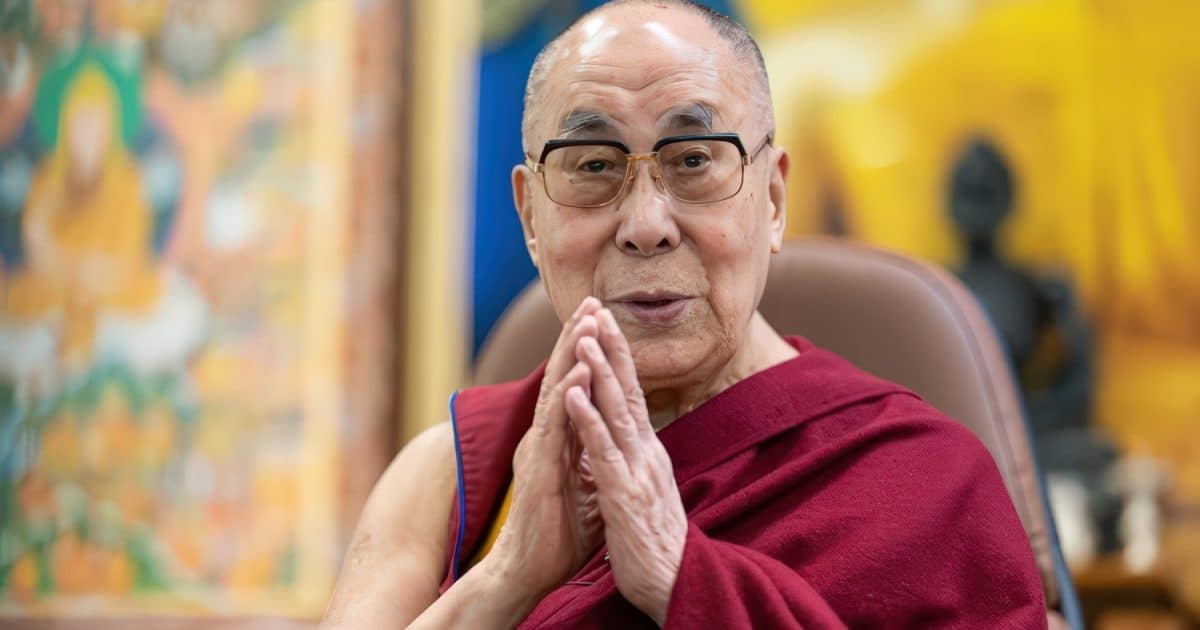Understanding the Dalai Lama: His Life in Exile and Global Significance

As the Dalai Lama approaches his 90th birthday in June 2025, he has confirmed that a successor will be appointed following his passing, addressing concerns about the future of the 600-year-old Buddhist institution. The Dalai Lama, Tenzin Gyatso, has been a pivotal figure in Tibetan culture and global peace efforts since fleeing to India in 1959 amid the Chinese military’s crackdown on Tibet. His commitment to non-violence and autonomy for Tibet has earned him international recognition, including the Nobel Peace Prize in 1989. Now, he is focusing on ensuring the continuity of his legacy and the Tibetan cause.
Early Life and Exile
Born on July 6, 1935, in a small village near Tibet, the Dalai Lama, originally named Lhamo Dhondub, was recognized as the reincarnation of his predecessor at the age of two. By the age of four, he was enthroned as the 14th Dalai Lama. He received extensive education in Buddhist philosophy and achieved the prestigious Geshe Lharampa Degree. However, his life took a dramatic turn in 1950 when Chinese troops entered Tibet. At just 15 years old, he assumed full political power as head of state.
The situation escalated in March 1959 when fears of an abduction led to widespread protests against Chinese military presence. The People’s Liberation Army responded with a violent crackdown, resulting in thousands of deaths. Amid the chaos, the Dalai Lama fled to India, disguising himself to escape the palace. After a perilous 15-day journey across the Himalayas, he reached India, where he was granted asylum. He settled in Dharamshala, which became the center of the Tibetan government-in-exile, alongside approximately 80,000 fellow Tibetans who followed him into exile.
Advocacy and the ‘Middle Way’
In exile, the Dalai Lama dedicated himself to preserving Tibetan culture and raising awareness of their plight on the global stage. He successfully lobbied the United Nations to adopt resolutions advocating for the protection of Tibetans in the late 1950s and early 1960s. His approach, known as the “middle way,” seeks genuine self-rule for Tibet within China rather than outright independence. In 1987, he proposed a five-point plan for establishing Tibet as a zone of peace amid increasing tensions and protests against Chinese policies.
His commitment to non-violence earned him the Nobel Peace Prize in 1989, with the committee highlighting the remarkable nature of his peaceful resistance in light of the suffering endured by the Tibetan people. Over the years, he has engaged with numerous political and religious leaders worldwide, including multiple meetings with Pope John Paul II and collaborations with figures like Archbishop Desmond Tutu. Despite his global recognition, some Tibetans have criticized his non-violent stance, believing it to be too lenient towards the Chinese government.
The Succession Debate
Historically, the Dalai Lama has served as both the spiritual and political leader of Tibetans. However, in March 2011, he transferred his political authority to a democratically elected government-in-exile, raising questions about the future leadership of the Tibetan movement. As he aged and faced health concerns, discussions about succession intensified, especially after he suggested that there might not be a reincarnated successor.
On his 90th birthday, the Dalai Lama clarified that the institution of the Dalai Lama would continue, dispelling doubts about its future. He emphasized that only his office has the authority to recognize his successor, directly challenging China’s claims to influence the matter. Beijing has reiterated that any successor must receive its approval, but the Dalai Lama has indicated that his successor would likely be born in the “free world” outside of China. The identity of this future leader remains uncertain, but the Dalai Lama’s commitment to the Tibetan cause endures.
Observer Voice is the one stop site for National, International news, Sports, Editor’s Choice, Art/culture contents, Quotes and much more. We also cover historical contents. Historical contents includes World History, Indian History, and what happened today. The website also covers Entertainment across the India and World.

